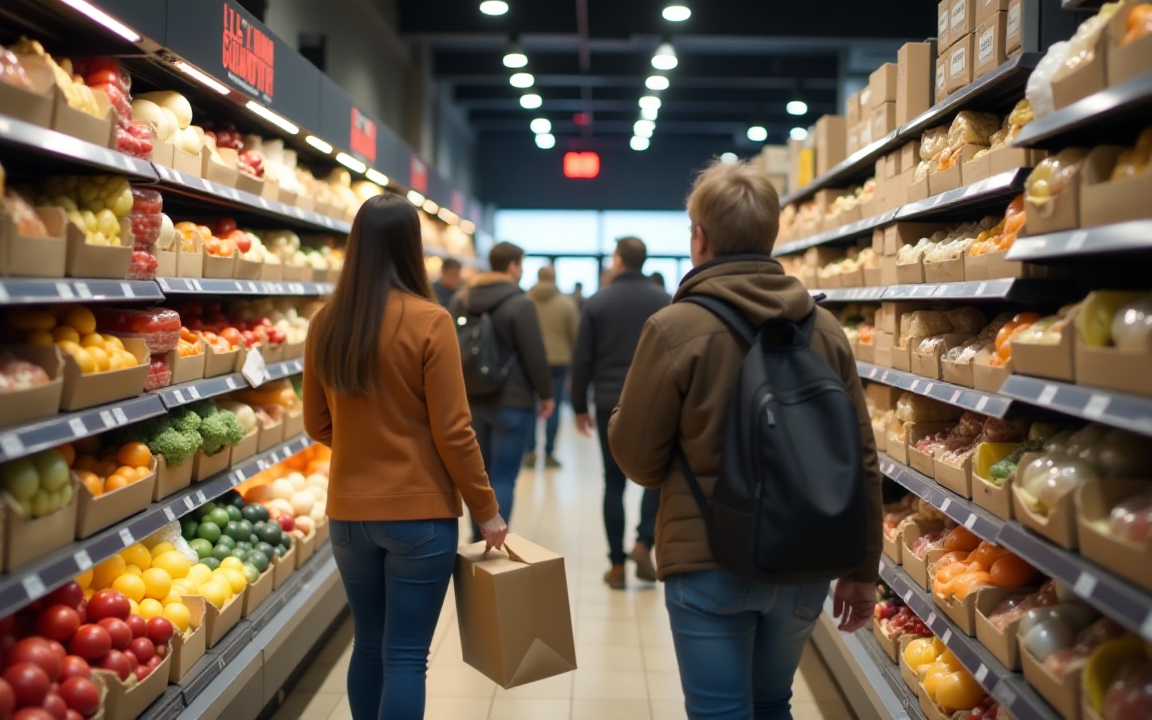
UK inflation rate jumped more than expected in June, with the Consumer Price Index (CPI) rising to 3.6% from 3.4% the month before, new figures from the Office for National Statistics show.
It’s the highest level seen since January 2024 and caught many economists off guard, as most had predicted the rate would hold steady.
The latest figures highlight ongoing cost pressures across the UK economy and have reignited fresh debate over where the Bank of England might go next with interest rates.
What are the main drivers of UK inflation?
The rise in inflation last month was mainly due to transport. Fuel prices ticked up, and so did the cost of flying and train travel.
These increases more than made up for the slower price growth in areas like housing and utilities. Petrol, for instance, didn’t fall the way it did around this time last year.
On top of that, car upkeep, things like repairs and servicing, got more expensive, nudging the transport index higher.
Transport costs overall jumped 1.7% in June, compared to a smaller 0.7% rise in May.
Food prices also moved up, climbing to 4.5%, the highest we’ve seen since February 2024. Cakes and cheese were among the biggest movers there.
Meanwhile, after falling earlier, clothing and footwear prices turned around and rose by 0.5%, adding even more pressure to the headline figure.
Bank of England’s next move in question
Core inflation, which strips out volatile items like energy, food, alcohol, and tobacco, also picked up speed, rising to 3.7% in June from 3.5% the month before.
At the same time, inflation in the services sector stayed stuck at a high 4.7%, despite expectations that it would ease a little.
That’s worth noting, since the Bank of England keeps a close eye on service prices as a key signal of inflation coming from inside the economy.
June’s inflation figures have thrown the Bank of England’s next move into question.
Policymakers had been hoping for a steady glide back toward the 2% target, but the latest spike could put rate cuts on hold or even reopen talks about tightening policy again.
Since August last year, the BoE has lowered rates four times by a quarter point, and many analysts still think there’s room for two more cuts before 2025 wraps up.
But with inflation proving sticky, particularly in the services sector, the central bank might find itself in a tough spot.
Some officials are already voicing concern that a tight labor market could keep wages and prices climbing, complicating the path forward.
Even with inflation ticking up, other parts of the economy are showing signs of strain. Growth remains sluggish, and the job market is starting to lose steam.
The Bank of England has signaled that it’s still leaning toward lowering rates as long as wage growth and pricing pressures cool down. But that path might not be so straightforward.
Ongoing skills shortages and lingering supply chain problems could slow the journey back to the 2% target.
The post UK inflation surprises again: what’s driving the price rise appeared first on Invezz

